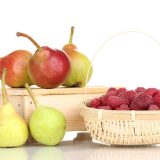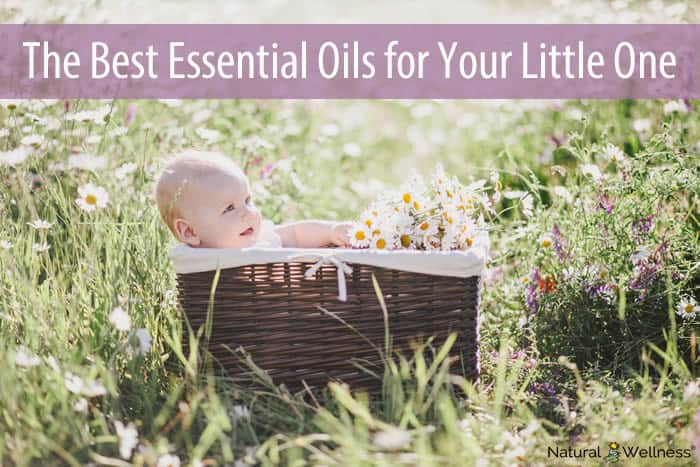

Essential oils are produced from the essence of flowers, plants, leaves, bark and fruit peels. They are highly concentrated and volatile, which means they evaporate quickly. Aromatherapy is the practice of using these essential oils for therapeutic purposes.
These oils are easily absorbed by the skin and, when inhaled, can quickly and directly impact our limbic system, the seat of our emotional bodies. The limbic system controls emotion while also regulating our hormonal systems, which has tremendous impact on our overall health and well-being.
Different plant material requires different types of extraction. Most commonly used is distillation, which uses water or steam to draw out the essential oils of the plant. Distillation using solvents can be used to draw out the oils that are too delicate to boil or for steam distillation. The solvents are then separated from the oils.
Expression, often called cold press, is another common extraction process. This process compresses the plant material, squeezing out the oils. This process is used for sweet orange, expressing the oils from the peels.
Uses for Essential Oils
Essential oils can be used topically, in blends, creams, lotions and in carrier oils such as jojoba or vegetable oils, or they can be vaporized in a diffuser or in hot water, even by placing a few drops on a tissue for evaporation. Some oils can be ingested but it is vital that you check the safety of an oil before doing so.
Essential Oils and Your Children
While safety concerns must certainly be a top priority, there are many essential oils that are excellent for use with infants and children. When using essential oils with children, either diffuse the oil into the air for inhalation, mix the oil with a carrier for topical application, or add a drop or two to bath water or to the water used in creating a compress.
Lavender
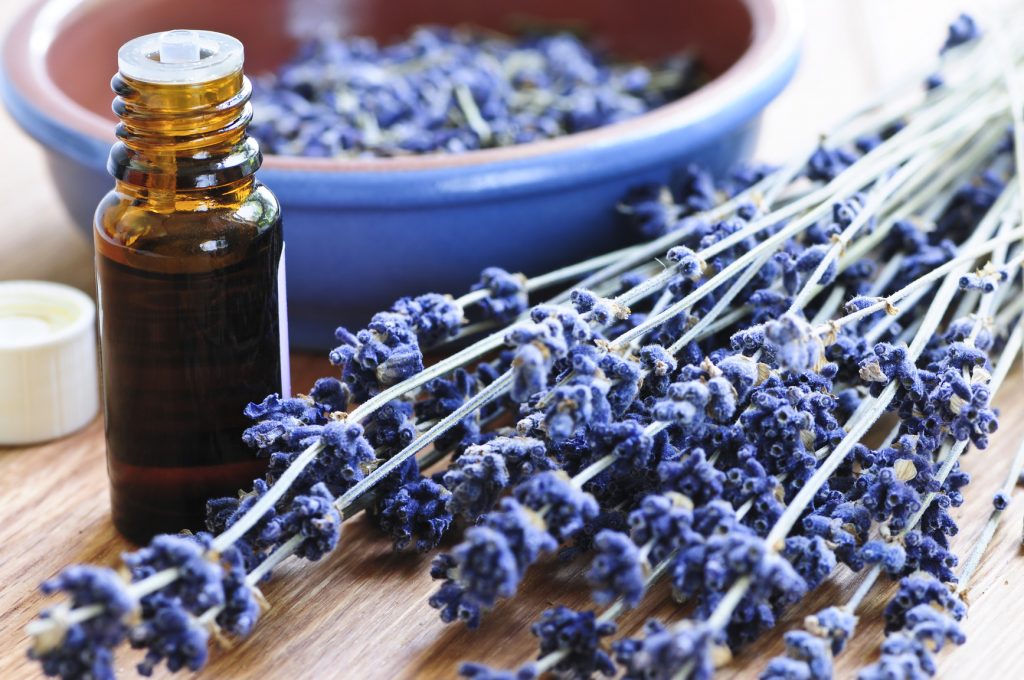
Lavender is excellent for diffusion to calm an upset child and promote sleep, and can be mixed with a carrier oil for use in treating cuts and scrapes, eczema and rashes (diaper rash), and bug bites. Lavender is safe for use with infants and children; just remember to adjust the number of drops for the age of the child.
Roman Chamomile and German Chamomile
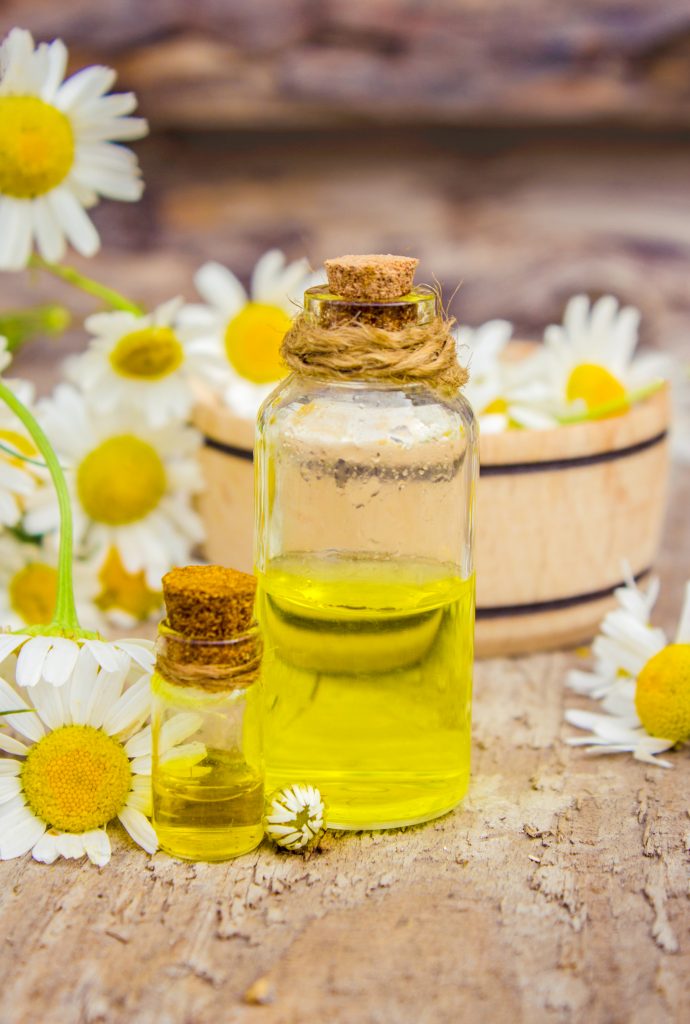
Roman chamomile and German chamomile both have antibacterial and anti-inflammatory properties, and can be used for painful, inflamed conditions like teething pain, painful rashes (diaper rash) and skin problems, and to calm and aid with insomnia. Both oils can be diffused, and are helpful with digestive problems and constipation, and can be used in a cool compress for fevers by adding a few drops to cool water, soaking a hand towel, wringing it out, and placing the towel on the child’s back.
More Great Oils for Children
- Diffusing a few drops of niaouli, eucalyptus radiata or ravensara in a steamy room will help with croup, a common condition in infants where they develop a cough that sounds like a seal.
- Ginger oil mixed with a carrier and massaged on the chest and back is a great way to reduce motion sickness before a long car ride.
There are many other oils that are safe to use with children and are helpful for a variety of conditions common to infants and children. It is important to begin with a few oils, research them well, and understand what their properties are before you use them. As you get to know your oils, you can add to your knowledge, expanding your recipe book and collection of oils.
Safety Concerns
Using essential oils on infants and children brings with it several concerns. Young lungs, skin, and nervous systems are still developing, and there are many oils that are potentially harmful for growing bodies. When using child safe essential oils, it is usually recommended that you use a mild diffusion of oils for inhalation with infants and use essential oils that are highly diluted with carrier oils for children over 2 years of age. The number of drops of essential oils will vary widely based on the oil, the condition, and the age of the child. As a rule, the stronger the smell of the essential oil, the more cautious you should be when using it with children.
Heed Caution with These Oils
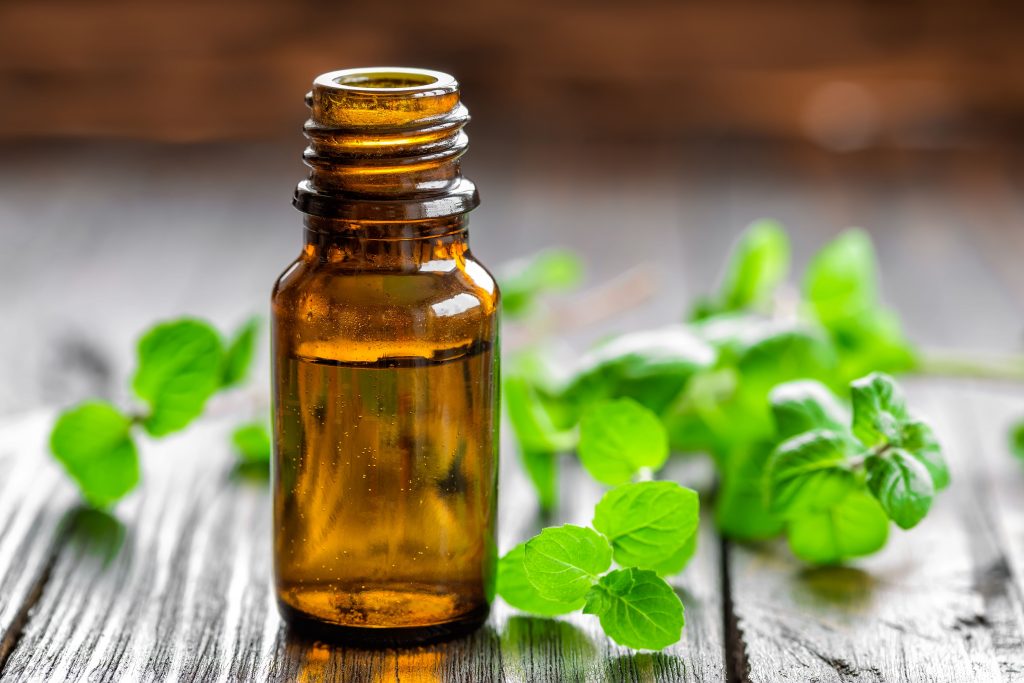
- For example, peppermint may cause breathing problems in infants and children under 2 years old and can be irritating to the skin in children under 6 years old.
- Thyme and ylang-ylang can irritate the skin in all children, while lemongrass and tea tree should be avoided on children under age 2.
- Birch, most types of eucalyptus and wintergreen should be avoided completely when working with children because they are too harsh for the lungs and irritating to the skin.
- Rosemary should also be avoided in children under 10 years of age for the same reasons.
This is by no means an exhaustive list, but it is important to understand that, while these common oils are safe to use with adults, children are much more sensitive and they may exacerbate the problem or condition you are trying to treat.
There are over 300 essential oils that can be used in aromatherapy. It is important to understand the properties and safety information for each oil you are using, especially when working with infants and young children – as they are still developing and cannot handle strong scents or skin irritants. Research the oils you are using thoroughly and proceed cautiously. Adjust the volume of oil used according to the age and size of the child. If you take the time to learn about essential oils, they can offer a natural, holistic way of managing everyday health concerns for your entire family.




